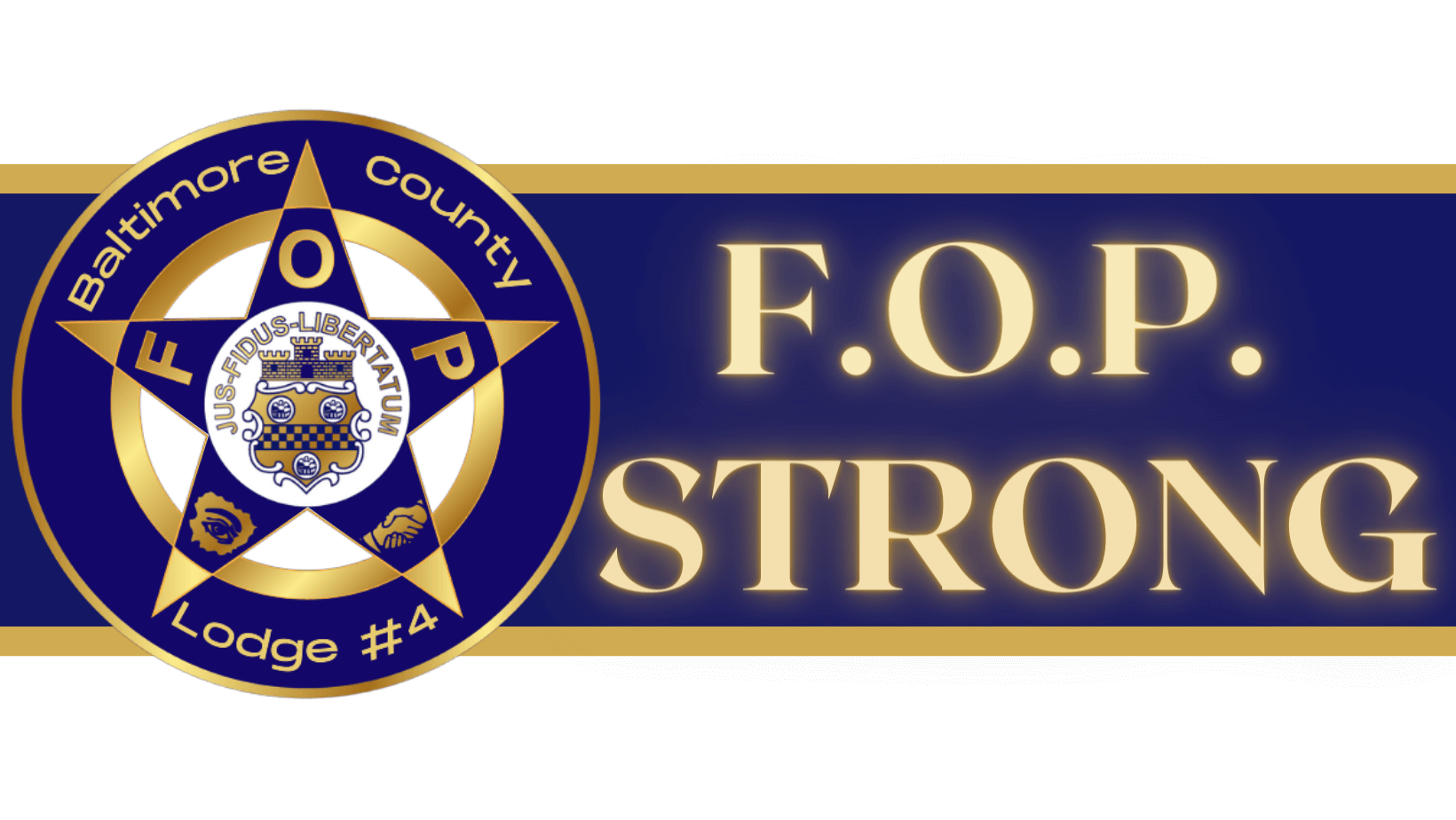Baltimore County redistricting map increases minority representation, but is it enough?
Rona Kobell
The Baltimore Banner
August 8, 2025
Proposed map includes 2 minority districts on the West Side but none on the East Side
The Baltimore County Council has introduced legislation to adopt a final redistricting plan, a move it hopes will raise minority representation in an increasingly diverse county.
The proposed map includes two minority districts on the county’s West Side — there is only one now, and it is represented by the council’s sole Black member. It does not include a minority district on the East Side, as many residents and advocacy groups had requested.
The map also would unify Essex, Middle River and waterfront communities in one district so they can better advocate for flood-control protections and restricted development. It is scheduled to be adapted Sept. 15.
County Council Chairman Mike Ertel called the map “a testament to the spirit of cooperation,” because all seven council members had to give up reliable voting blocs in their districts to expand the body to nine. The districts will contract from 110,000 residents in each to about 95,000.
“It takes at least five votes to adopt a redistricting bill, and coming together on a final map means a willingness to compromise and achieve a bipartisan consensus,” he said.
The map departs from one endorsed by the council’s redistricting panel, which voted 4-3 to recommend a new map that would carve out two majority-Black districts on the West Side of the county and two majority-minority districts — one each on the county’s East and West sides. The redistricting panel went in that direction to reflect a growing immigrant community on the East Side and a growing Black community, which has found attractive housing options in upscale neighborhoods near the Martin State Airport MARC station and job generator Tradepoint Atlantic.
Sharonda Huffman, an Essex Democrat who is running for a seat on the expanded council, said she was disappointed with the configuration.
“Across the country, groups like the ACLU and NAACP are fighting to protect voting rights. They are challenging unfair maps in Texas, Georgia, and Alabama. People are paying attention to those fights,” she wrote on her Facebook page. “But here in Baltimore County, the same kind of injustice is happening, and many of our own elected leaders and ‘allies’ are staying quiet.”
The area’s current councilman, Todd Crandell, has not said whether he plans to run for reelection.
Huffman, who would be the council’s first Black female member, said she was inspired to run because Crandell was increasingly absent, a concern echoed by many residents as the councilman has struggled with an acknowledged drinking problem.
The Baltimore Banner reported this week that many of Crandell’s constituents are frustrated that he has been absent from council and community meetings, and has not responded to emails, calls, texts and other outreach efforts to help them solve problems in the district.
Crandell said in a recent interview that he has continued to care for his constituents despite his struggles with alcoholism. He did not respond to a request for comment this week.
Huffman has held informal meetings at the local library with constituents, she said, to discuss matters ranging from housing equity to social services.
Catonsville activist Paul Dongarra said he was happy with the council’s map, which keeps Catonsville together, as opposed to other proposed maps that divide the area.
“What makes me most proud is that our message was rooted in hope, not fear. We asked to remain united so that we could manage change together and evolve in ways that benefit everyone,” Dongarra said.
Baltimore County has close to 850,000 residents and is Maryland’s third-largest county. Nearly half of its residents are people of color, and one-third are Black. The county has had the same number of council members since it was founded in 1956, when the county was much smaller. Then, power occasionally passed from fathers to sons; now, six white men and one Black man comprose the council. Voters have elected only five women to the council in its history.
The American Civil Liberties Union also would like to see three majority-Black districts and one that has a mix of minorities. The organization has indicated it will sue if its attorneys deem the maps unfair.
“There’s something wrong with this picture,” said Peta Richkus, an advocate for fair maps in Baltimore County. She has been testifying throughout the process on the importance of minority representation on the East Side.
The last time Baltimore County’s political maps were redrawn, the NAACP sued over new districts it said diluted Black representation. The county lost and had to pay the private law firm that handled the defense close to $1 million. County staff had to redraw the maps, which took extensive effort and time.
The council will hold two public hearings on the legislation and map. The first will be at the council’s work session Aug. 26 at 4 p.m., and the second will be at the council’s work session Sept. 9 at 4 p.m. The public may also submit written testimony to the council at the following email: countycouncil@baltimorecountymd.gov.
